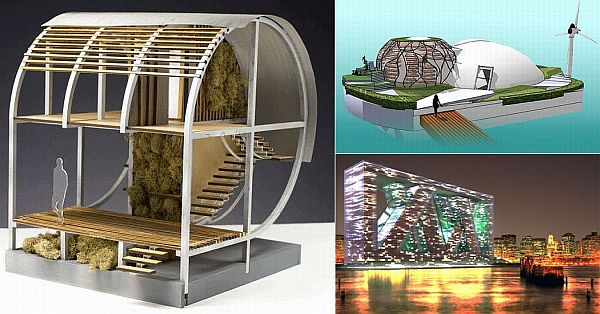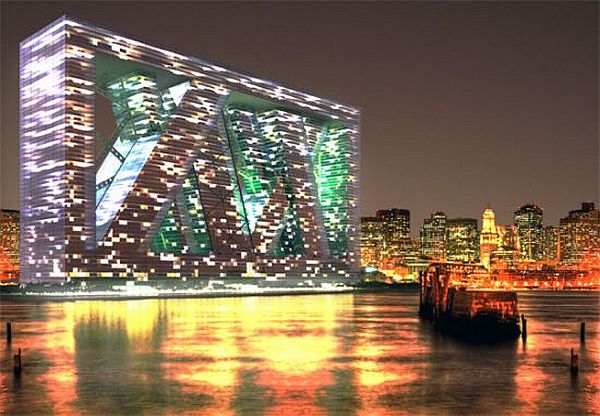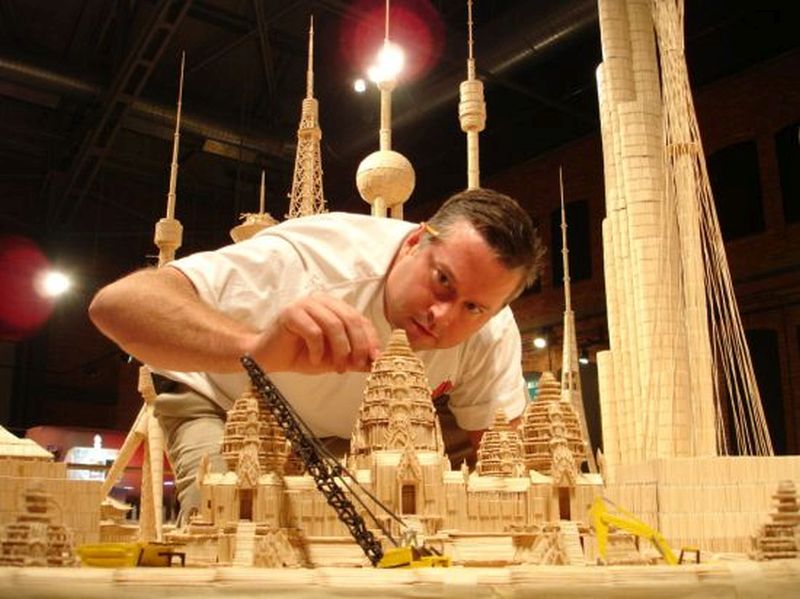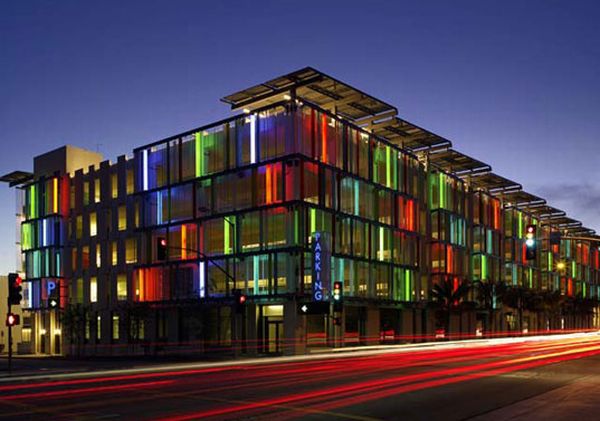
Wild dreams about sinking cities due to melting glaciers and increasing rains are already turning into a dismal nightmare for the governments around the world. Low lying areas and coastal cities will be the first to come under the scanner of rising water levels; and who knows for how long they will be spared. Designs for new Holland are being developed as a futuristic contingency plan. The Dutch government is ideating floating cities that will use water base as the backdrop for building residential condominiums, parks, restaurants, lanes and alleys. The feasibility of future projects is being mooted world over. To know more about the future prospects, read the following.
Today
For building a better tomorrow we have to work today. The concept of floating structures is not new. The very large floating structure (VLFS) has existed and superimposed for more than a decade now. Plans for floating airports, energy islands, habitats were conceived as early as 1920s. McDonalds McBarge, officially named the Friendship 500 is a floating structure built for Expo 86 In Vancouver. This Barge remained empty till 1991, but thereafter in 2009 again a proposal was forwarded for a waterfront development where McDonalds will be the main highlight. Saint Vladimir in Russia is a famous church staged on a unique vessel in the background of water.
Tomorrow
Today for recreation, tomorrow for survival best defines the future of floating architecture. London has been predicted to sink by 2100; Tokyo is planning to venture into floating architecture, Netherlands too wants to turn adversity into opportunity by being the pioneer of creating a floating world. The rising sea levels, the bigger storm surges and increasing rains will create an imbalance with exceeding limits of unexpectedly large amounts of water. The low lying areas will be at the greatest risk and therefore pre planning will be a must to tackle the crisis.
The inspiration
The greatest inspiration for undertaking a task is the amount of compulsion that circumstances like global warming, rising water levels, lashing rains and more devastating hurricanes pose. In the worst case scenario, cities might get inundated to the extent of permanent submersion under water; therefore, planning for the rainy day will be the greatest inspiration for developing the concept of floating architecture.
Eco Credentials
1. BOA â A sustainable floating city

E. KevinSchopher, AIA, RIBA have designed the Boston Arcology that will accommodate about 1500 people. There will be sky gardens after every 30 floors. The people residing in the structure will not require cars. Wind turbines, fresh water recovery systems, photovoltaic systems etc will all be provided as a green solution. A series of poured concrete cells will be used to develop the foundation.
2. Solar, wind powered floating habitat

A team of artists in New York are designing a temporary habitat for humans that will support life after calamities will afflict life on land. A prototype called the Waterpod was developed in 2009. It could generate its own power using solar energy and wind power. All recycled material like wood, metal, fabric will be used for the purpose. It will be used as a single house where all people will live together.
3. Floating home

Gabriel Wartosky, an industrial designer, is pre fabricating a floating home concept that will be powered by renewable energy. The prototype has been assembled in a shipping yard and the foundation is given by aluminum extrusions set in a Styrofoam base. It has green walls that will filter the air around. Potable water will be circulated around using central spines and tugboats will be used for transportation.
The hurdles
Humans are becoming so much used to the lavish lifestyle today that they have forgotten what compromise is. The floating structures might be perceived as possible solution for the future, but for them to become successful, they will require much more than self power generation and common habitat areas. The preservation of individual space and needs will also have to be met. More elaboration about the technology used and designs chosen will have to be made and told to the people so that their familiarity with the concept can grow.
Is it feasible?
We can create what we can perceive, this is not just a myth but reality. The prototypes that have already been developed around the world have proved that floating structures is a possibility. If McDonalds could take center stage in a waterfront development and military bases could plan floating stations, then for sure in the near future floating cities too will become a reality and who knows we would live to see the day.




